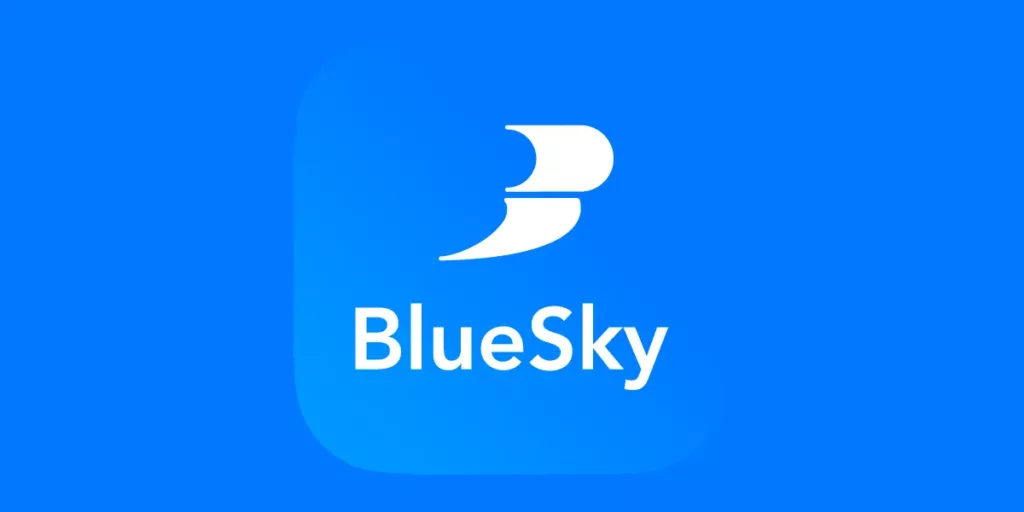After Elon Musk announced charging X users for service to combat bots, Bluesky, a rival social network, hit a daily user record. This action resulted in a surge in Bluesky sign-ups, with 53,585 new users joining, making up 5% of their total user base.
Bluesky’s Android app had approximately 500,000 daily active users on September 18, when Musk announced X users would be charged. This was about a 20.6% boost from the previous day. The web traffic also saw a significant surge. While there’s no confirmed iOS data, it’s predicted to follow a similar trend.
Bluesky’s web app had 775,000 daily visitors on the day of Musk’s announcement, a 30% boost from the previous day. It reached over 1 million daily visitors on September 19. This surge crossed the number of users Bluesky had on July 1, 2023, after a previous X controversy. Bluesky temporarily stopped new sign-ups due to increased website traffic from new users.
Bluesky tends to gain from X’s troubles, but the same doesn’t apply to other Twitter rivals like Instagram, Threads, or Mastodon. On September 18, Meta’s new Twitter clone had consistent daily users compared to the previous day, not experiencing any increase. Bluesky, being invite-only, could have experienced an even bigger surge if open to all during these X-related incidents. Despite chances to grow during X’s issues, Bluesky, now with over 1 million users, hasn’t actively stopped these chances to expand its user base, unlike X, which has a much larger audience.
Elon Musk confirmed that X has approximately 550 million monthly active users. Bluesky is to have 135 million monthly active users, while Mastodon publicly confirms 1.7 million monthly active users. Despite being the largest microblogging network, X might be concerned about its market position following its rebranding.
They upgraded their App Store description to include “formerly Twitter” to improve search rankings. The company has acknowledged potential confusion with its rebrand. X also witnessed a decrease in weekly active users after rebranding, with increasing installs for Twitter Lite likely due to consumer confusion during the transition.

